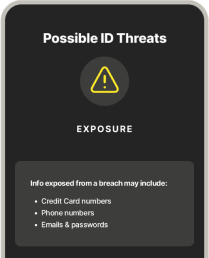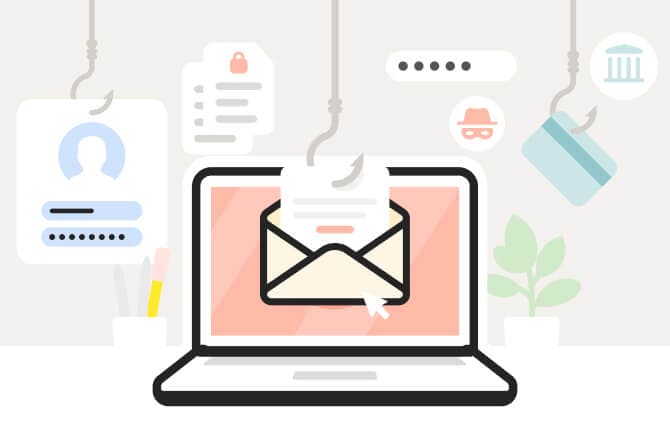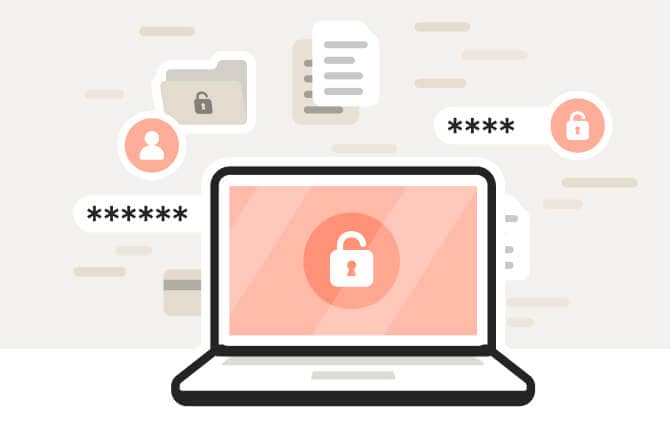Has your email been compromised?
Our Dark Web Monitoring§ helps you identify whether your email has been compromised and ended up on the dark web. Check your email account right now.
Our Dark Web Monitoring§ helps you identify whether your email has been compromised and ended up on the dark web. Check your email account right now.
We will only use your email address to search for it on the dark web in accordance with our Global Privacy Statement and will not store it after we have searched the dark web. We do not search for all personal information at all dark web sites, and we may not find all your exposed personal information with this search.
§ Dark Web Monitoring is not available in all countries. Monitored information varies based on country of residence or choice of plan. It defaults to monitor your email address and begins immediately. Sign in to your account to enter more information for monitoring.

To help protect email accounts or detect if your data has been exposed in a data breach, follow these simple steps:
Norton Identity protection service comes with identity protection tools to help you better protect your identity.
Find malware hiding on your device that may be the cause of your email being compromised or hacked.
Using stronger passwords and multi-factor authentication helps to protect yourself against identity threats.
Multiple layers of protection for your devices, Secure VPN, plus Dark Web Monitoring§ - all in a single solution with our 60 day money back guarantee.

Email accounts often contain a wealth of personal information, including full names, addresses, phone numbers, and financial information. This data can be used for identity theft, fraud, or be sold on the black market.

Some common ways that email accounts can be compromised are:
Data breaches can allow hackers gain access to email addresses and passwords from breached databases. Phishing attacks can also be a threat and include social engineering scams, fraudulent emails, or messages trick users into revealing login credentials or clicking on malicious links. Malware like spyware or keyloggers capture login information through infected attachments or compromised software. Weak passwords or reusing passwords can also make email accounts vulnerable to hackers.

Signs of a possible data leak or compromised email account include:
Difficulties logging into your email account could indicate unauthorized access or a changed password. Unusual account activity like emails marked as read that you didn't read, emails in your Sent Folder that you didn't send, or contacts receiving unusual messages from your account can also indicate a hacked email account. Unexpected messages (spam) are another sign — suddenly receiving a high volume of spam emails or suspicious messages that are unrelated to your previous correspondence. Changes to your email settings that you did not personally authorise, like forwarding rules, filters, or your signature can be another indication that hackers have accessed your email.
No one can prevent all cybercrime or identity theft.
§ Dark Web Monitoring is not available in all countries. Monitored information varies based on country of residence or choice of plan. It defaults to monitor your email address and begins immediately. Sign in to your account to enter more information for monitoring.
Copyright © 2025 Gen Digital Inc. All rights reserved. Gen trademarks or registered trademarks are property of Gen Digital Inc. or its affiliates. Firefox is a trademark of Mozilla Foundation. Android, Google Chrome, Google Play and the Google Play logo are trademarks of Google, LLC. Mac, iPhone, iPad, Apple and the Apple logo are trademarks of Apple Inc., registered in the U.S. and other countries. App Store is a service mark of Apple Inc. Alexa and all related logos are trademarks of Amazon.com, Inc. or its affiliates. Microsoft and the Window logo are trademarks of Microsoft Corporation in the U.S. and other countries. The Android robot is reproduced or modified from work created and shared by Google and used according to terms described in the Creative Commons 3.0 Attribution License. Other names may be trademarks of their respective owners.